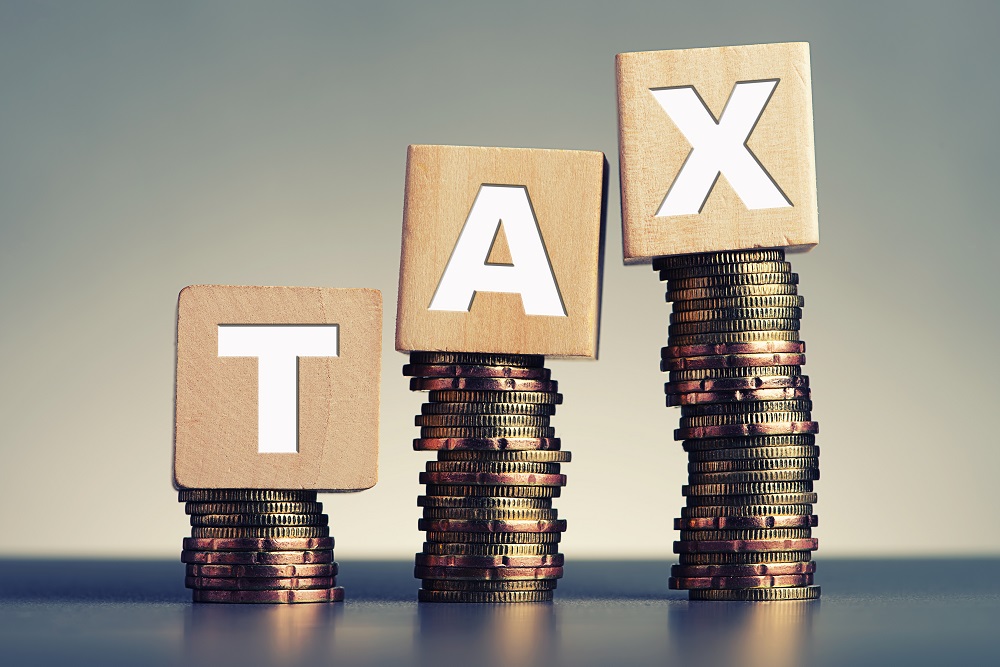How to use income drawdown to minimise tax.
16th June 2020

There are many advantages to choosing to use income drawdown to access your pension, one of the main ones is being able to access your assets in the most tax efficient manner.
WEALTH at work, a specialist provider of financial education and guidance in the workplace supported by regulated financial advice for individuals, has created three fictional case studies to demonstrate how individuals can look at all their assets holistically (pension and non-pension) to create the most tax efficient retirement income and in some cases, making it possible to pay very little income tax in the early years.
All of the case studies have similar situations to make it easier to see how the process works. However, case study 1 and 3 are not yet eligible for their State Pension and case study 3 has a smaller pension pot, but more taxable savings. All case studies assume ISA returns of 5%.
Case study 1
Peter is aged 60. He has a defined benefit (DB) pension (also known as a final salary pension) which will pay £8,000 p.a., a defined contribution (DC) pension fund (also known as a money purchase pension) worth £300,000, Stocks and Shares ISAs worth £50,000 and £10,000 held in cash. He is planning to retire in April 2021 and would like to generate an initial annual income of £20,000 p.a. net and retain the £10,000 as an emergency cash reserve.
Using the method outlined below, it is possible for him to do this without paying any tax in year one, even though £20,000 is almost double the personal allowance of £12,500 for 2020/21, by using his ISA and income drawdown (also known as flexi-access drawdown (FAD)) for income.
Peter can withdraw the £2,500 investment return from his ISA, leaving £17,500 to find. He has a personal allowance of £12,500 so he does not need to pay tax on the £8,000 from his DB pension and consequently will have £4,500 of unused allowance available.
He therefore needs a further £9,500 to have the £20,000 income he is looking for. To be able to do this, he could crystallise £20,000 of his DC pension using FAD, with £5,000 of this (25%) being taken as a tax free cash lump sum. £4,500 can also be withdrawn as an income to utilise the remainder of his unused personal allowance. By doing this, he will have the £20,000 he is looking for tax free. £10,500 will remain in his pension as a ‘crystallised’ fund with the potential to grow and which can be drawn from in future years.
Case study 2
Mary is in exactly the same financial position as Peter, but eligible for the full New State Pension. As the combined income from her DB scheme and State Pension will be higher than the personal allowance, she will need to pay some tax but will not need to pay any further tax up to the £20,000 annual income she is hoping for.
Mary has a personal allowance of £12,500. The combined income of £8,000 from her DB pension plus £9,110 State Pension gives her a gross income of £17,110. Income tax payable on this would be £922, leaving a net income of £16,188.
To achieve her aim of an income of £20,000 a year, she can supplement this by withdrawing the £2,500 investment return from her ISA and £1,312 tax free cash from her DC pension fund. To do this, she would need to crystallise £5,248 using FAD and £1,312 (25%) can be taken as a tax free cash lump sum but £3,936 would remain as a ‘crystallised’ fund in her pension with the potential to grow.
Case study 3
David, aged 60, is looking to retire. He is in a similar position to the case studies above, except that he is not yet eligible for his State Pension, his DC pension is £200,000 and has taxable cash deposits of £100,000 as well as a Stocks and Shares ISA valued at £50,000.
To achieve his aim of an income of £20,000 a year tax free, he could use the £8,000 from his DB pension and £4,500 from the taxable part of his DC pension fund to use up his personal allowance (£12,500). He would need to crystallise £6,000 of his pension to be able to withdraw £4,500 (75%) in taxable income and £1,500 (25%) would be paid as a tax free cash lump sum (£4,500 + £1,500 = £6,000). The pension and income drawdown will therefore provide him with £14,000, leaving a £6,000 shortfall.
This could be supplemented by withdrawing the £2,500 investment return from his ISA and by spending £3,500 from his cash savings. Alternatively, as it is better to leave as much money as possible in the tax efficient wrappers of ISA and pension, David may choose to address the £6,000 shortfall by spending from his cash deposit to achieve the £20,000 he is looking for.
With all these examples, the individuals are paying the lowest amount of possible tax, keeping their ISAs at the same level (assuming the ISA grows by 5% per year) and withdrawing the remaining amount needed in a tax efficient manner from both pension and non-pension assets.
Jonathan Watts-Lay, Director, WEALTH at work comments; “Making income drawdown available to all is good news for those approaching retirement, however it is likely that many will end up paying more tax than they need to. Freedom and choice in pensions is about looking at all assets to generate a retirement income in the most tax efficient way. It is important to utilise your available tax allowances and reliefs in a structured manor to maximise returns and reduce, or even eliminate, a potential tax charge.”

